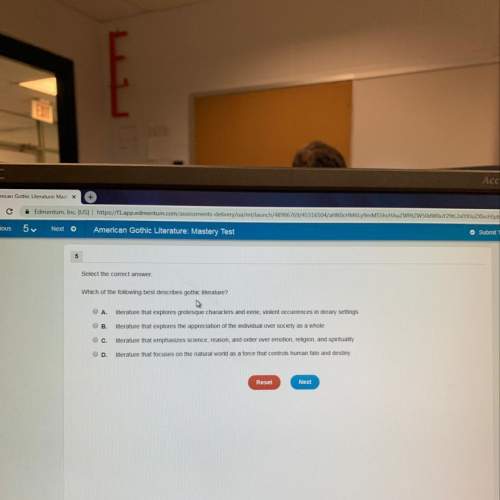Language Arts 800 – Unit 8: Writing, Listening, and Reading
DISTINGUISHING BETWEEN FICTION AND...

Language Arts 800 – Unit 8: Writing, Listening, and Reading
DISTINGUISHING BETWEEN FICTION AND NONFICTION
Nonfiction, or factual, reading material includes magazines, newspapers, and many books. To read nonfiction intelligently, you must be able to tell what is true from what is false and what is fact from what is opinion. You will learn how to avoid being fooled by what you read. You will study some interesting and useful information about how to evaluate nonfiction. When you learn to do these things, you will have become a mature reader.
Here is your goal for this lesson:
Recognize the characteristics that help you distinguish between fiction and nonfiction
The primary purpose of nonfiction literature is to inform, to explain, to define, to analyze, to interpret, or to persuade. Unlike fiction, which is imaginative and has entertainment as its first purpose, nonfiction deals with facts. It also deals with opinion based upon facts.
Nonfiction works of literature include magazines, newspapers, and many books. They are concerned with real persons, places, things, ideas, and inventions. Biography, history, science, language, technology, business, philosophy, and religion all belong to the realm of nonfiction. Readers of such subjects are seeking information or knowledge about these fields. Sometimes, they also are interested in learning the opinions that other people, especially authorities in the subject, have about them.
Fiction, on the other hand, deals with imagination and fantasy. The novel, the poem, the short story, and the play deal with imaginary people in an imagined time and place, living out the meaning of their imaginary lives.
The fiction writer is not appealing primarily to the reason and judgment of readers, but to their feelings and their emotions. At its best, fiction enlarges the world of human experiences and widens its horizons. Even though many factual details may be involved in a piece of fictional writing, the fiction writer's purpose is to entertain, to amuse, or to stir the heart. In so doing, the writer frequently appeals for a response of pity, goodness, love, fear, terror, reverence, pride, or compassion.
Writers of nonfiction also try to interest the reader. They try to write with clear, graphic, significant details, but always keep in mind their purpose: to present the facts so that the reader may understand the situation. They do not allow their concern for style to distort facts; nor do they draw unsound opinions or evaluations from them.

Answers: 3


Another question on English

English, 21.06.2019 14:30
In which sentence is the action arrow pointing to the receiver of the action? a. sentence: hawkeye tracked the deer through the forest. an arrow, pointing to the left, is drawn above the verb 'tracked'. b. sentence: hawkeye tracked the deer through the forest. an arrow, pointing to the right, is drawn above the verb 'tracked'.
Answers: 2

English, 21.06.2019 18:30
Read the excerpt from chapter 2 of the awakening. they chatted incessantly: about the things around them; their amusing adventure out in the water—it had again assumed its entertaining aspect; about the wind, the trees, the people who had gone to the chênière; about the children playing croquet under the oaks, and the farival twins, who were now performing the overture to “the poet and the peasant.” what is the correct meaning of the word “aspect” based on its usage in the excerpt? character negativity performance boredom
Answers: 3

English, 22.06.2019 02:20
How might stacey feel when t. j. comes to the logan house in the middle of the night? describe a connection that you answer the question.
Answers: 1

English, 22.06.2019 03:00
Based on this excerpt the authors are mostly likely to attempt to answer which question?
Answers: 3
You know the right answer?
Questions





Physics, 11.10.2019 15:30



Social Studies, 11.10.2019 15:30



English, 11.10.2019 15:30

History, 11.10.2019 15:30






Physics, 11.10.2019 15:30





